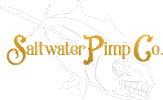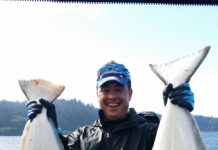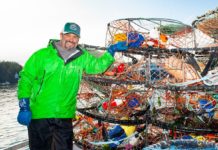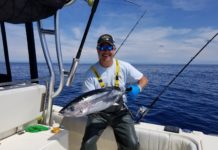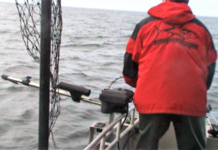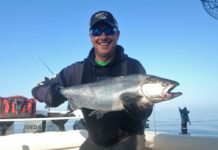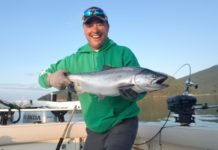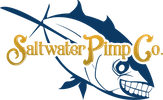
Most of the debris in the “Garbage Patch” is thought to be small plastic pieces, not always visible to the naked eye. North Pacific Ocean Gyre collections from Scripps Institution of Oceanography scientists in August of 2009 revealed small jellyfish (Velella velella) with lots of plastic. Image courtesy of J. Leichter, Scripps Institution of Oceanography.
Did You Know?
Plastic debris was detected in the North Atlantic and the North Pacific in the early 1970s. Since then many organizations have worked on sampling this debris. However, there is still relatively little data on the location, density, and area of the feature in the Pacific, as well as what impact it might have on marine life.
In 2010, researchers on board the NOAA Ship Okeanos Explorer collected small plastic debris while sailing across the breadth of the “Garbage Patch” to get a better handle on the size and composition of this feature. Results of the sampling are already making a substantial contribution to what is known about plastic in the Pacific.
In the North Pacific Ocean churns an area of marine debris, where the pattern of currents has helped to concentrate debris into what is known as the “Garbage Patch.” Wind and waves continuously mix this debris, dispersing it over huge surface areas and throughout the top portion of the water column.
The name “Pacific Garbage Patch” may make it sound like this is a large, continuous island of visible trash such as bottles and tires floating in the ocean; however, most of the debris in the “patch” is thought to be small plastic pieces, not always visible to the naked eye. The area thought to contain the most plastic is a thousand miles from land and you can’t see it from space or an aircraft. Therefore, the only way to get there and to study the area and deploy scientific instrumentation is to use research vessels, such as NOAA Ship Okeanos Explorer.
The exact size of the Garbage Patch is hard to pin down because so few oceanographic cruises have crossed this area with an objective to systematically sample plastics. Also, ocean features are a moving target and the borders and content of the area constantly change with ocean currents and wind.
Regardless of how big it is or where it is located, it is clear that the Pacific Garbage Patch does not belong in our ocean and we need to learn more about this feature so that we can properly address it.
For More Information:
The Pacific Ocean “Garbage Patch,” – Exploring Its Size and Contents, NOAA Ship Okeanos Explorer Maximizing Operations
NOAA and University Scientists Study Plastic Debris in the Ocean
Great Pacific Garbage Patch, NOAA Marine Debris Program
Sign up for the Ocean Explorer E-mail Update List.
